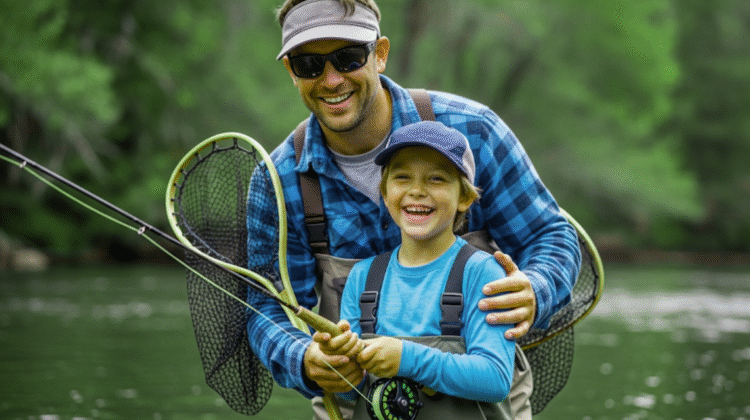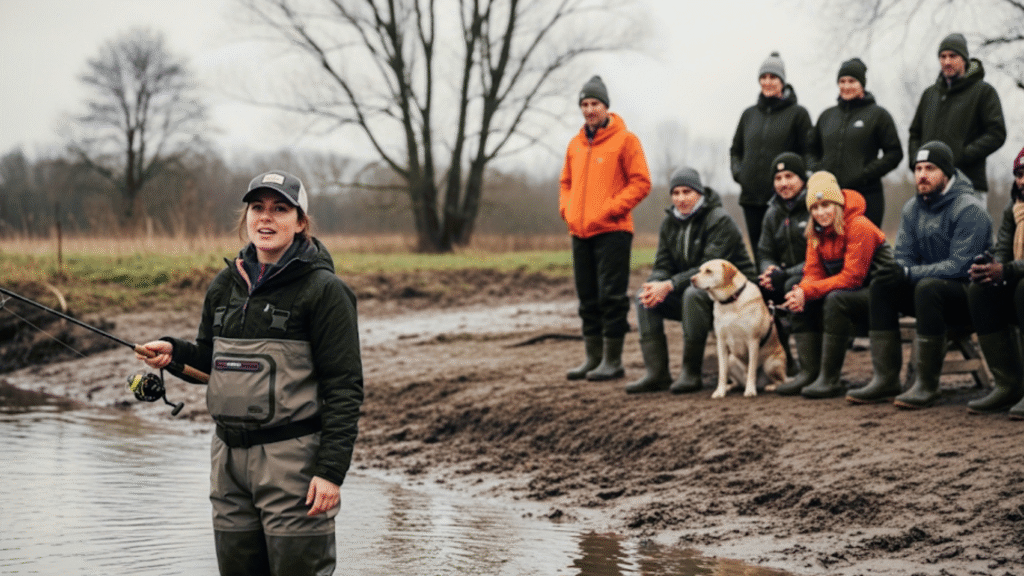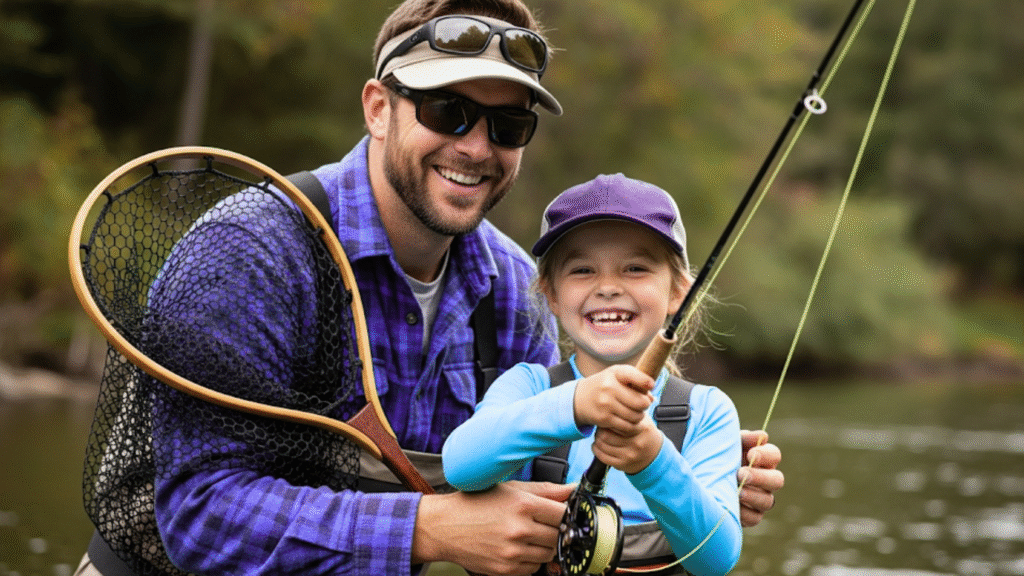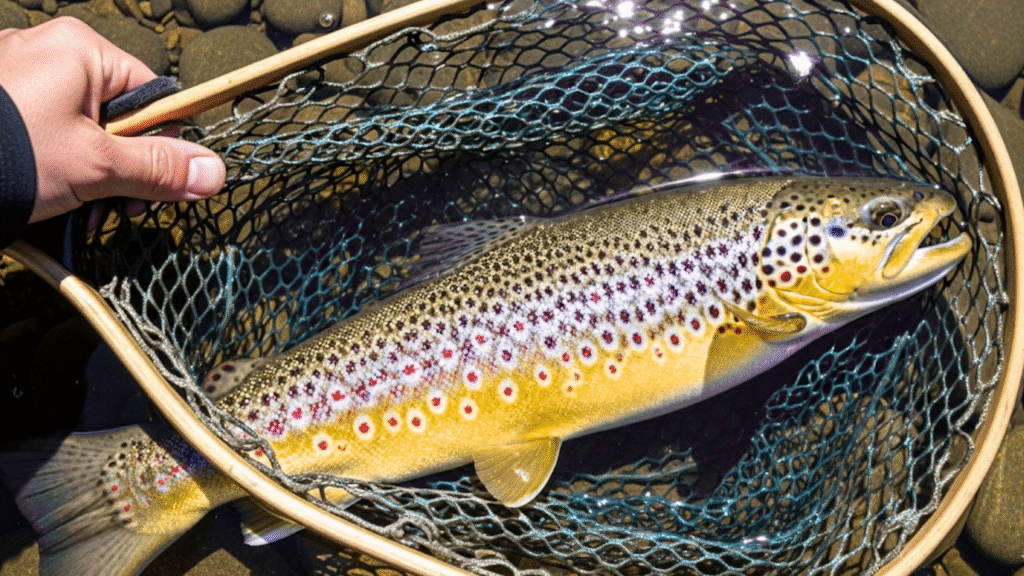
Fly fishing has always been more than catching fish. It’s rhythm, patience, and connection with water. For many, it becomes a lifelong passion. In the United States, fly fishing classes have become a trusted way to learn the craft. Whether you stand in a mountain stream in Montana or cast along the quiet banks of a Vermont river, classes give you skills that stay with you forever.
The Rise of Fly Fishing Classes in the USA
Across the country, anglers seek guidance from experienced instructors. Fly fishing schools and guided programs have turned an age-old practice into a modern learning path. Beginners start with casting lessons, while seasoned anglers refine their technique through advanced instruction. Each class blends tradition with new methods, giving students the confidence to step into any stream.
Why Take Fly Fishing Lessons
Self-teaching can be slow. A certified guide shows you how to cast, read water, and tie knots in a fraction of the time. Classes shorten the learning curve. You avoid frustration and pick up habits that protect fish and rivers. Lessons also connect you to a community. Sharing the water with others makes learning fun and memorable.
Beginner Fly Fishing Classes
Beginners need a safe place to start. Entry-level classes cover gear setup, knot tying, and casting basics. Instructors use ponds or calm rivers where new anglers can focus without distraction. Step-by-step casting practice teaches rhythm. Students also learn wading safety, line control, and fish handling tips. These sessions build confidence, ensuring every cast feels less awkward than the last.
Advanced Fly Fishing Instruction
Once the basics are solid, advanced anglers crave precision. Courses dive into water reading techniques, fly presentation practice, and seasonal fishing strategies. You learn nymphing methods, dry fly casting, and streamer fishing. Instructors often hold streamside lessons, pointing out subtle signs of insect hatches or hidden trout lies. These small details turn average anglers into masters.

Casting Lessons: The Heart of Fly Fishing
Casting defines fly fishing. A strong cast places the fly where fish feed. Classes focus on control, distance, and accuracy. Students practice false casting, roll casting, and double hauling. Step by step, you gain muscle memory. Casting ponds and open meadows offer perfect places to train. By the end, the rod feels like an extension of your arm.
Fly Tying Workshops
Tying your own flies adds artistry to the sport. Workshops teach how to match hatches, select materials, and build patterns that fool trout. Students discover how small changes in thread or feather make a fly come alive. Fly tying connects anglers to the insect world, deepening respect for stream ecology. Creating a fly, then catching a fish with it, delivers unmatched satisfaction.
Hands-On Training on the Water
Nothing replaces time on the river. Guided fly fishing classes bring you straight to trout streams and local rivers. You learn while casting to real fish. Instructors walk beside you, correcting your technique in real time. They teach how to read currents, spot holding water, and manage drifts. These streamside lessons create muscle memory in the exact setting where you’ll return on your own.
Local Rivers and Famous Fishing Spots
The United States offers endless classrooms. Montana’s Madison River, Colorado’s Gunnison, and New York’s Catskills are famous for fly fishing schools. But you don’t need a legendary river to learn—local lakes and ponds host beginner lessons. Casting ponds at community parks bring the experience close to home. Every body of water holds a lesson if you know where to look.
Professional Guides and Certified Instructors
Trust matters. Certified fishing instructors bring proven skill and teaching ability. Many schools partner with organizations like Trout Unlimited or the American Fly Fishing Trade Association. Professional guides not only teach technique but also model ethics. They stress catch and release, conservation, and respect for wildlife. Learning from these mentors ensures your foundation is strong and your practice sustainable.

Group Classes vs. Private Instruction
Fly fishing classes come in different formats. Group workshops foster camaraderie. Students learn together, share mistakes, and celebrate progress. Private sessions focus on personal goals. One-on-one instruction gives undivided attention, perfect for anglers seeking rapid growth. Weekend retreats mix a structured curriculum with individual guidance. Choosing depends on your style of learning.
Youth and Family Fly Fishing Camps
Families across the USA embrace fishing as bonding time. Youth camps teach kids the basics through games and hands-on practice. Parents join sessions, creating memories that outlast the catch. Camps also build appreciation for nature. Children learn about stream ecology, fish species identification, and outdoor safety. These early lessons often spark a lifelong passion for angling.
Online Fly Fishing Courses
For those far from rivers, online classes open doors. Video tutorials cover gear setup, knot tying, and casting drills. Live sessions connect students with instructors remotely. While nothing replaces the river, online fly fishing courses give you a solid foundation before stepping outdoors. Many combine virtual lessons with scheduled field trips for a balanced experience.
Gear Setup and Equipment Knowledge
Classes teach more than technique. Instructors walk you through rods, reels, lines, and artificial flies. You learn how to balance gear for different species and waters. From dry flies to streamers, you practice matching flies to hatches. Understanding equipment ensures you spend less time fixing problems and more time fishing.
Safety and Ethics on the Water
Responsible anglers protect themselves and the environment. Wading safety instruction prevents accidents in strong currents. Lessons on catch and release ethics safeguard fish populations. Classes also highlight local regulations, ensuring compliance with state laws. These teachings build trust in local communities and preserve waters for future generations.
Building Confidence Through Practice
Confidence grows with repetition. Classes provide structured opportunities to practice under guidance. Each cast, knot, and drift becomes more natural. The supportive environment helps students push past mistakes. Over time, anglers carry this confidence into solo adventures, turning knowledge into instinct.

Fly Fishing as an Outdoor Adventure
Beyond skill, fly fishing classes connect you with nature. Standing in mountain streams or floating down guided river tours feels like meditation. Students leave not only with sharper technique but also with a renewed sense of peace. The sport blends challenge with relaxation, making each outing thrilling and restorative.
Fly Fishing for Every Season
America’s waters change with the seasons. Classes teach strategies for spring hatches, summer bass, fall trout runs, and winter steelhead. Seasonal fishing strategies ensure you’re never out of practice. Learning to adapt gear and fly throughout the year keeps the adventure alive.
Becoming Part of the Fly Fishing Community
Classes create more than skilled anglers—they build community. Many schools host workshops, local events, and conservation projects. Students meet fellow anglers who often become lifelong fishing partners. Sharing stories, tips, and victories strengthens the bond that keeps fly fishing alive.
Choosing the Right Fly Fishing School
Not all schools are equal. When selecting, look for certified instructors, structured curricula, and positive reviews. Ask about class size, location, and hands-on time. A good school adapts to your pace, whether you’re a complete beginner or seeking advanced mastery. The right choice ensures your investment brings lasting rewards.
The Lasting Value of Fly Fishing Classes
Money spent on classes pays back confidence, knowledge, and lifelong enjoyment. Unlike gear that wears out, skills endure. Every knot tied and every fish released carries the lessons of your first class. For many, the experience changes how they fish and see nature itself.
Conclusion
Fly fishing classes offer more than skill. They unlock connection—with water, fish, nature, and community. In the USA, opportunities are everywhere, from mountain streams to local parks. With professional instructors’ guidance and fellow anglers’ support, anyone can master the art of fly fishing. The water is waiting, whether you’re starting fresh or refining years of practice. All you need is a class, a guide, and the willingness to learn.


Leave a Reply